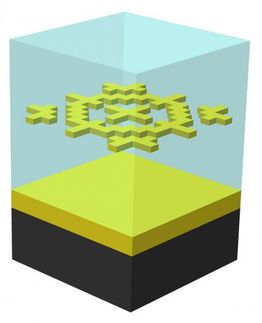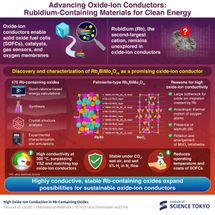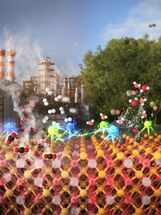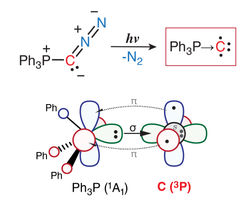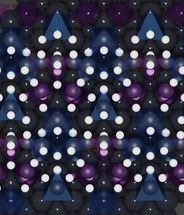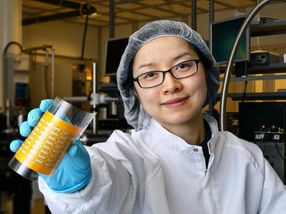Novel Material Design for Undistorted Light Waves
Materials allow surprising new kinds of light waves
When a light wave penetrates a material, it is usually changed drastically. Scattering and diffraction leads to a superposition of waves, resulting in a complicated pattern of darker and brighter light spots inside the material. In specially tailored materials, which can locally amplify or absorb light, such effects can be completely suppressed.These materials allow new kinds of light waves, which have the same intensity everywhere inside the material. Due to their unusual properties, these new solutions of the wave equation could be useful for technological applications.
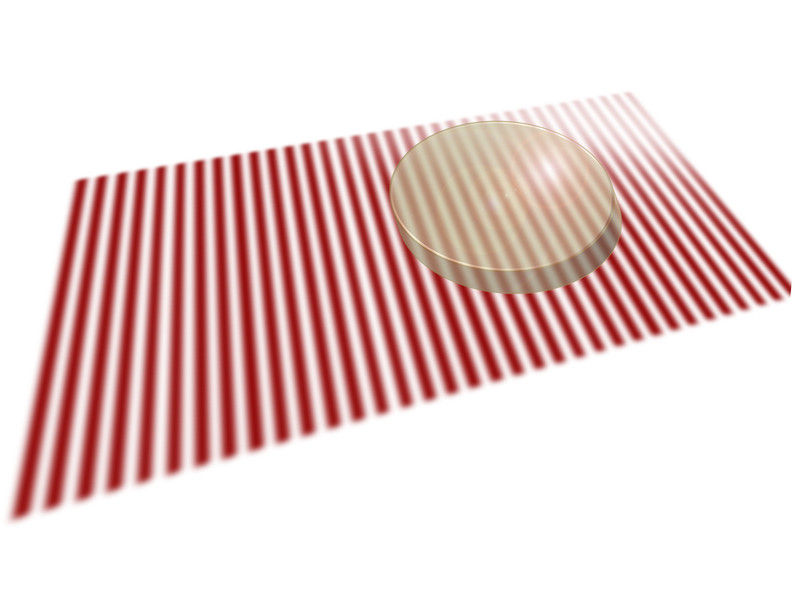
Specially designed non-hermitian materials remain completely unperturbed
TU Wien
Obstacles Change the Wave
When a light wave travels through free space, its intensity can be the same everywhere. But as soon as it hits an obstacle, the wave is diffracted. At some points in space, the wave becomes brighter, in other places it becomes darker. This is the reason we can see objects that do not emit light by themselves.
In recent years, however, experiments have been carried out with new materials which have the ability to modify light in a special way: they can locally amplify light or absorb light. “When such processes are possible, we have to employ a mathematical description of the light wave which is quite different from the one we use for normal, transparent materials,” says Professor Stefan Rotter (TU Wien). “In this case we speak of non-hermitian media.”
New Solutions for the Wave Equation
Konstantinos Makris and Stefan Rotter from TU Wien, together with Ziad Musslimani and Demetrios Christodoulides from Florida (USA), discovered that this alternative description allows new kinds of solutions for the wave equation. “The result is a light wave with the same brightness at each point in space, just like a wave in free space, even though it travels through a complex, highly structured material”, says Konstantinos Makris. “In some sense, the material is completely invisible to the wave, even though the light passes through the material and interacts with it.”
The new concept is reminiscent of so-called “meta-materials”, which have been created in recent years. These materials have a special structure, which allows them to diffract light in unusual ways. In certain cases the structure can bend the light around the object, so that the object becomes invisible. “The principle of our non-hermitian materials, however, is quite different”, says Stefan Rotter. “The light wave is not bent around the object, but fully penetrates it. The way the material influences the wave is, however, fully cancelled by a carefully tuned interplay of amplification and absorption.” In the end, the light wave is exactly as bright as it would have been without the object – at each and every point in space.
Several technical problems still have to be solved until such materials can be routinely fabricated, but scientists are already working on that. The theoretical work now published, however, shows that besides meta-materials there is another, extremely promising way to manipulate waves in unconventional ways. “With our work we have opened a door, behind which we expect to find a multitude of exciting new insights”, says Konstantinos Makris.
Original publication
Other news from the department science

Get the chemical industry in your inbox
By submitting this form you agree that LUMITOS AG will send you the newsletter(s) selected above by email. Your data will not be passed on to third parties. Your data will be stored and processed in accordance with our data protection regulations. LUMITOS may contact you by email for the purpose of advertising or market and opinion surveys. You can revoke your consent at any time without giving reasons to LUMITOS AG, Ernst-Augustin-Str. 2, 12489 Berlin, Germany or by e-mail at revoke@lumitos.com with effect for the future. In addition, each email contains a link to unsubscribe from the corresponding newsletter.
